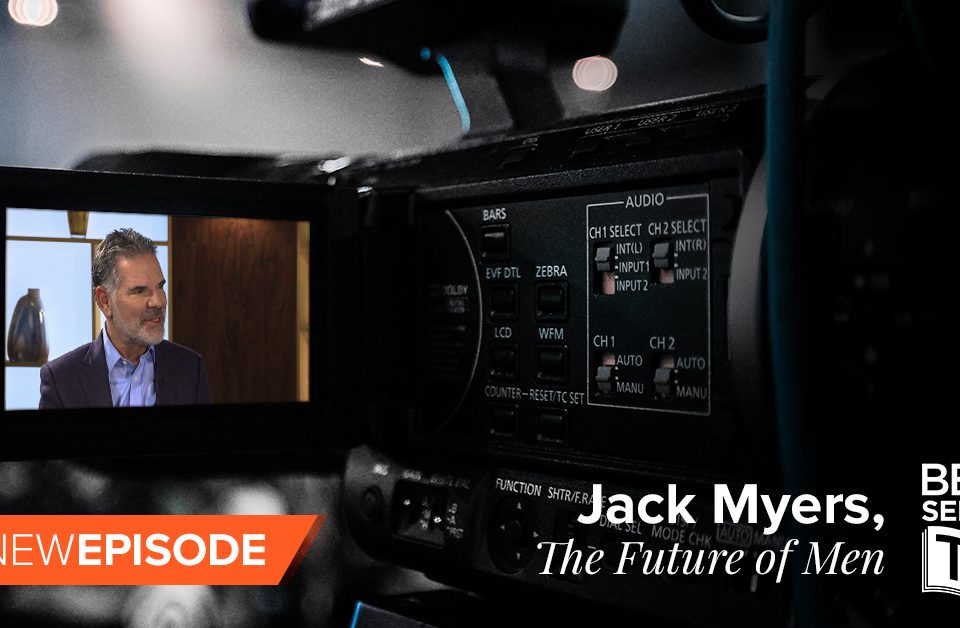In a Woman-Run World, Marketers Will Have to Go Softer on Men | AdAge
By Rance Crain
Back in 2001, I wrote a column that asked: “Why do advertisers and agencies think it’s humorous to depict husbands as childish-but-lovable goofballs, unable to perform the simplest tasks without prodding and reminders from their wives?
“A corollary question: Do wives get this way only after being mothers themselves, or do they learn such behavior by observing how their own moms treat their fathers?”
After reading Jack Myers’ new book, “The Future of Men,” I must conclude that the advertisers who depicted men as goofballs knew what they were doing. In explaining why he wrote his book, Jack says that “the shift toward female power is far more pervasive than we realize and that male dominance is quickly fading. It’s becoming very apparent that the future of men will be increasingly defined, dominated, and controlled by women.”
In light of this change, Jack himself asks the basic question: “Where are we heading as a society, and how can we help men, especially young men and boys, find a path toward healthier relationships, self-awareness, and ultimately, becoming functional and happy?”
The joke that advertisers were making 15 years ago isn’t very funny anymore. Jack believes that our Western cultures are transforming from male to female dominance.
Manufacturing jobs in the U.S., a bastion of male superiority, have dropped by one-third, and women are today earning 60% of college degrees. Of the top 15 job categories projected to grow the most in the next decade, all but two are occupied primarily by women, according to The Atlantic.
“The shrinking number of heterosexual men who are emotionally functional and able to sustain a relationship built on truth is radically affecting the balance of power between men and women,” Jack writes. “Lack of supply is not creating high demand; instead, as feminism becomes an ingrained reality, women progressively take more and more control of their sexual lives, their careers, and their futures, unfettered by their needs and desires for male partners. More and more, as personified on TV programs and advertising, women view men as a helpless and hopeless sex.”
But Jack makes the point that with the increase in the number of stay-at-home dads and single male households, “marketers will be confronted with the need to communicate the appeal of their products to both men and women who fail to recognize themselves and their partners in any of the stereotypical ways that have dominated ad campaigns for decades.”
And he argues that marketers probably still won’t get it right. “If anything is clear from a historical perspective, it’s that there’s a growing and highly offensive disparity between how men are represented in many ad messages and the positive self-image we hope our young men and boys will adapt. It’s more likely that marketers will simply find new and equally offensive ways (to men) of appealing to women by presenting stereotypical male behaviors that no longer reflect a growing population of younger men.”
In a chapter on women in politics, Jack talks about how men hold more than 80% of the seats in Congress. “Add a healthy dose of sexism, misogyny, bias, and disinformation into the mix, and you have the U.S. political system. From ‘legitimate rape’ to ‘preordained rape’ and from furor over hairstyles to slut-shaming, all you have to do is turn on the TV or go online to witness evidence of the war on women.”
But turn on the TV in this political season and you get Megyn Kelly, who has had a tremendous impact on the Republican presidential primary. It doesn’t matter that she is a reporter and not a candidate. Her questioning of Donald Trump, the epitome of the macho man, and his reaction to her questions, showed the nation that women can stand up to the most tumescent politician in recent memory and should embolden women to stand up to the most belligerent and condescending of the good ol’ boys club.
Men, Jack says in summing up, “need a new set of rules, guidelines, and skills. A new narrative needs to be developed and communicated to support young men who are emerging into their adult years. Marketers’ messages and media stereotypes need to be updated to embrace the future rather than reflect the past.”
So instead of ads portraying husbands as goofballs and wives as playing the mom role to their spouses, why don’t advertisers show couples dividing household tasks and handling their duties in a competent and caring way?
Let’s make the new family structure the new purpose-driven advertising.




